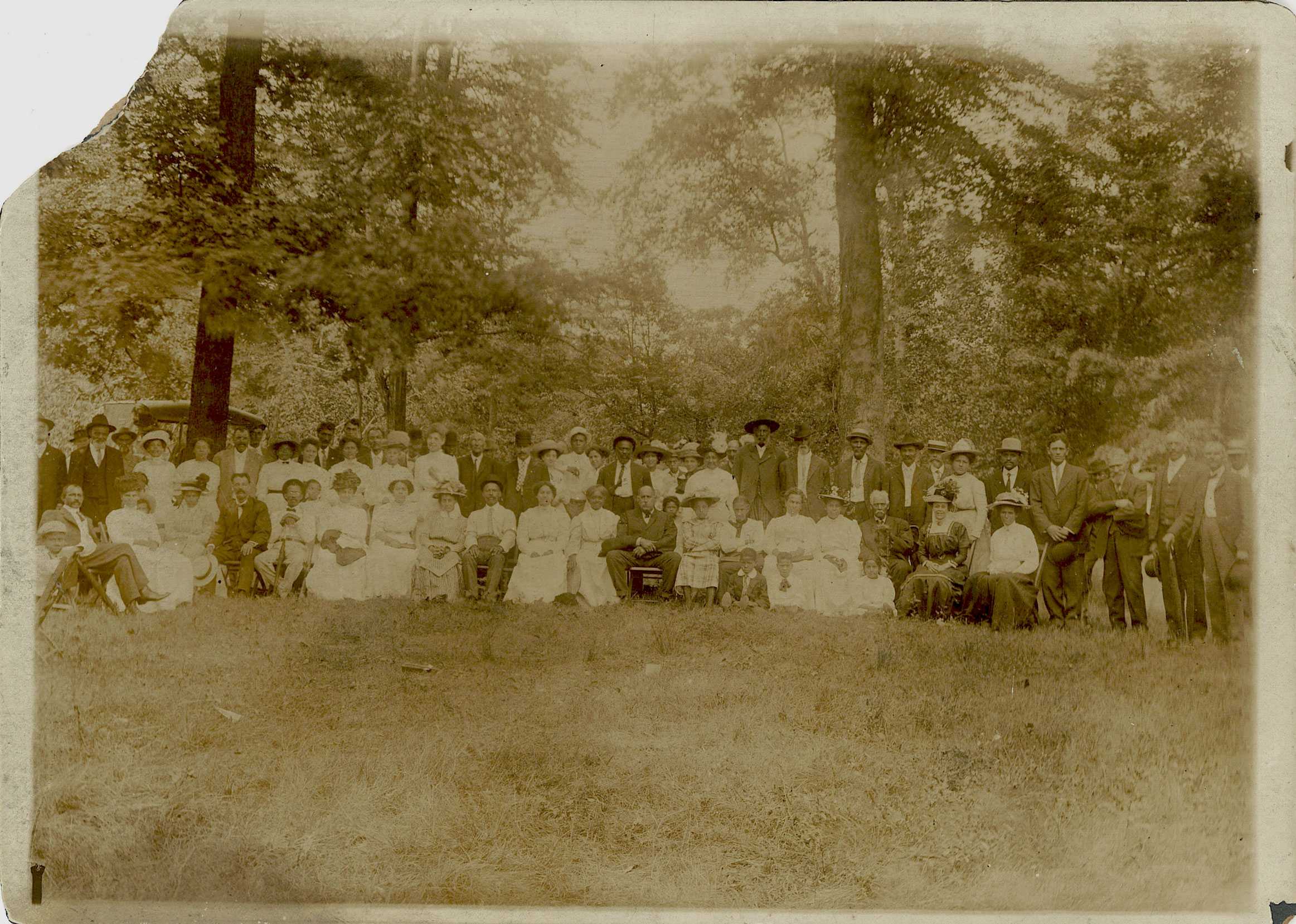Visions of Freedom: Family
Slavery often separated families. During Reconstruction, many newly freed African Americans sought to reunite with family members and redefine family roles and responsibilities in ways they believed best suited their new circumstances. Their efforts highlighted the importance of family as foundational to their status as free people.
Searching for Family
Advertisement posted by Samuel Dove seeking his mother and siblings, 1865
After emancipation, African Americans urgently searched for family members sold or separated during slavery. Newspaper advertisements, letters, and word-of-mouth fueled the searches, and family members across the South hoped for long-awaited reunions. African Americans were not deterred by the years of separation and eagerly sought to reunite with loved ones.
When the war’s over I starts to hunt mamma ‘gain, and finds her in Wharton County . . . Law me, talk ‘bout cryin and singin’ and cryin’ some more, we sure done it.
Mary Armstrong
Mary Armstrong’s Reunion Story
Mary Armstrong, age 91, Houston, Texas, ca. 1937
In 1863, in the middle of the Civil War, 17-year-old Mary Armstrong traveled more than 1,000 miles by steamboat from St. Louis, Missouri, to Texas. Risking her own freedom, the newly emancipated girl journeyed to the Confederate slave state in search of her mother, Siby, who had been sold away from the plantation where Mary Armstrong was born. After searching in Galveston and Houston, Armstrong took a stagecoach to Austin, where she was captured by slave traders and put on the auction block. After showing her freedom papers, she was sent to a plantation to work for wages. When the Civil War ended, Armstrong traveled to a refugee camp in Wharton County, Texas, 130 miles southeast of Austin, where she finally found her mother. Seventy years later, at age 91, Mary Armstrong recounted the story of their tearful, joyful reunion when she was interviewed for the WPA Slave Narrative Project.
"Last Seen"
Lewis Wright searching for his wife and children
After emancipation, thousands of people posted classified advertisements in African American newspapers. All sought to locate family members separated during slavery. Many of these advertisements have been documented and published online by the Last Seen: Finding Family After Slavery project.
In 1879 Lewis Wright wrote to the Southwestern Christian Advocate looking for his wife and children who had been sold in Georgia. Listen to Lewis Wright’s classified ad, read by Vincent Stovall.
Names
Register of Plantation Census in Yazoo County, Mississippi, 1865–66
Enslaved individuals often had their names chosen for them by their enslaver. Freedom provided an opportunity and a choice: select a new name, or retain the old one. Many chose new names that represented their new status and their desire to control how others addressed them.
Not everyone chose to change their name. When interviewed by the Works Progress Administration (WPA), Martin Jackson stated why emancipated individuals often adopted the name of their enslavers: “This was done more because it was the logical thing to do and the easiest way to be identified than it was through affection for the master.” By keeping the same names they held during slavery, newly freed people maintained ties to their kin and increased the possibility of reuniting with loved ones who had been sold away.
Looking Forward: Family Reunions
Debra Meekins family group at NMAAHC, Jones-Walker family reunion, 2019
The desire to rediscover and reinforce family connections has continued to guide the African American community through the tradition of family reunions. At these celebratory events, family histories are recounted, traditions are taught, and bonds are strengthened by creating new experiences. Reunions are often held in significant places where a family has historical roots, or where new generations have moved and thrived. Some family reunions include a visit to the National Museum of African American History and Culture, where families have gathered to reinforce their connection to the broader narrative of African American history.
